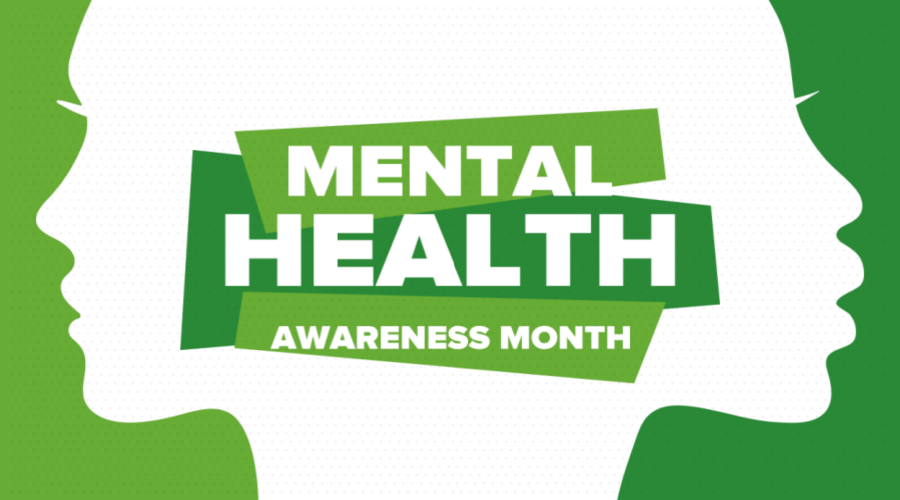Inside: New regulations will impact how pharmacies deal with hazardous waste. Here’s what you need to know.
Last month, new EPA regulations went into effect that change how pharmacies and other health care facilities dispose of hazardous waste. The rule has been 20 years in the making, and it’s only the second time the EPA has issued regulations for a specific sector.
Around five percent of pharmaceuticals are considered hazardous when discarded, which the EPA defines as P-listed, U-listed, and characteristic hazardous waste.
Here are the changes your pharmacy needs to know and what you need to do.
Drain disposal is now prohibited
Although the practice of disposing of medications by flushing them down a toilet or rinsing them down a drain is no longer widely practiced, the EPA rule officially puts a stop to it. Hazardous substances can exhibit corrosive, toxic, ignitable, or reactive characteristics when they are “sewered.”
This new regulation applies specifically to drugs classified as hazardous, but the EPA has recommended that even non-hazardous drugs shouldn’t be flushed.
The ban on drain disposal is the only part of the EPA regulations that have gone into effect nationwide.
The full EPA rule also includes further regulations that are governed by the Resource Conservation and Recovery Act, which must be adopted by individual states. Some states and territories—Alaska, Iowa, Florida, Kentucky, Minnesota, New Jersey, Pennsylvania, Virginia, and Puerto Rico—have already implemented the full rule, so the additional regulations are something all pharmacists should be aware of.
Some items are no longer considered hazardous
“RCRA empty” containers won’t be considered hazardous waste any longer. That means items like empty warfarin stock bottles, syringes, IV bags, containers for aerosols, creams, ointments, and more will not need to be disposed of as hazardous waste, even if they once contained hazardous waste pharmaceuticals.
Over-the-counter nicotine patches, gums, and lozenges are also no longer considered hazardous waste and can be discarded in the trash. Prescription nicotine and all e-cigarettes and liquids are not exempt under the new rule and must still be treated as hazardous waste.
Hazardous waste pharmaceuticals won’t contribute to generator status
Previously, the EPA classified facilities by the amount of hazardous waste they generated, which affected training and program management requirements and the information required to be reported to the government.
Now, health care facilities do not need to count hazardous waste pharmaceuticals when determining their generator status.
DEA-controlled hazardous substances have fewer regulations
In the case of DEA-controlled substances that are also considered hazardous waste, the EPA has exempted them from the RCRA regulations under a few conditions.
These substances still cannot be drain-disposed, and they have to be collected, stored, transported, and disposed of to comply with DEA regulations.
Increased maximum storage time
Before the new regulations, health care facilities had a 90- or 180-day limit on storing hazardous waste pharmaceuticals on site.
The limit has now been expanded to one year. Containers need to be dated from the first day pharmaceutical waste was placed in them, and they have to be shipped prior to the one-year date.
Changes made to reverse distribution
Hazardous waste pharmaceuticals that have broken packaging, have been repackaged, or are more than a year past their expiration date can no longer be sent to a reverse distributor. Investigational drugs, contaminated personal protective equipment, or waste-contaminated items cannot be sent either.
Only “potentially creditable” undispensed prescription drugs in the original manufacturer packaging can be sent to reverse distributors.
When reverse distributors receive inappropriate waste, they are now required to report it to the EPA and the health care facility.
A Member-Owned Company Serving Independent Pharmacies
PBA Health is dedicated to helping independent pharmacies reach their full potential on the buy-side of their business. Founded and owned by pharmacists, PBA Health serves independent pharmacies with group purchasing services, wholesaler contract negotiations, proprietary purchasing tools, and more.
An HDA member, PBA Health operates its own NABP-accredited secondary wholesaler with more than 6,000 SKUs, including brands, generics, narcotics CII-CV, cold-storage products, and over-the-counter (OTC) products — offering the lowest prices in the secondary market.












